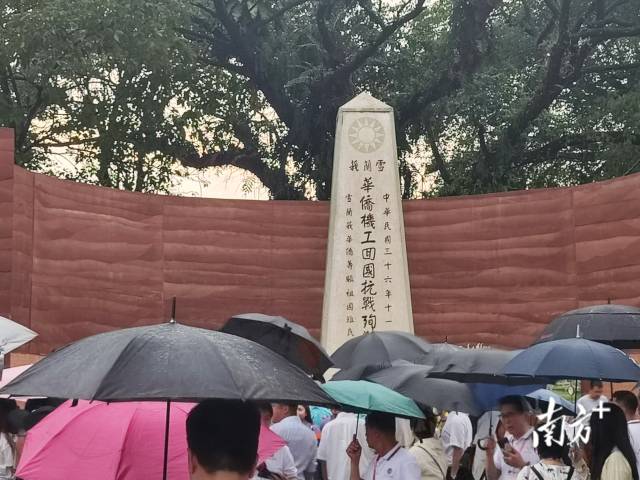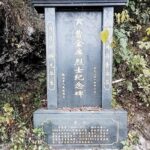This year marks the 80th anniversary of the victory of the Chinese People’s War of Resistance Against Japanese Aggression and the World Anti-Fascist War. On April 15, President Xi Jinping paid a state visit to Malaysia and published a signed article in local media. He solemnly mentioned: «Over 80 years ago, during the critical moments of the Chinese people’s resistance against Japanese aggression, the Nanyang Volunteer Drivers and Mechanics from Malaysia rushed to Yunnan to help maintain the lifeline of the Burma Road. These heroic deeds are still widely celebrated among the people of China and Malaysia today.»
In 1939, as China’s international aid channels were largely blockaded by Japanese forces, the Burma Road in the remote southwestern region became the «transportation artery» of the war effort. Facing immense logistical challenges, China lacked sufficient drivers and automotive repair personnel. Over 3,200 overseas Chinese youths from Southeast Asia heeded the call and voluntarily went to the front lines. The majority came from Malaya (including present-day Malaysia and Singapore), with more than 1,400 traceable individuals originating from Guangdong.
The heroic contributions of the Nanyang Volunteer Drivers and Mechanics will never be forgotten by their homeland or overseas Chinese communities. This year, a series of commemorative events spanning China and Malaysia have once again brought their legacy to light.
Their story represents a «bridge» connecting the drivers and their descendants, linking communities at home and abroad, and spanning history, the present, and the future. It is also an extension of a «road,» as Malaysian Chinese youth retrace the Burma Road and use stage plays, short videos, and other mediums to share these stories with younger generations. Furthermore, it serves as the foundation of a «mountain»—a testament to the enduring friendship across borders, built through decades of collective effort.
«This is the first time my father’s name has appeared on an overseas memorial wall for the Nanyang Volunteer Drivers and Mechanics. History has not forgotten them,» said Zhang Yunpeng, a descendant of one of the drivers, as he touched his father’s name with emotion.
On the afternoon of August 14, the Nanyang Volunteer Drivers and Mechanics Memorial Park and Memorial Hall were inaugurated in Kuala Lumpur. Attendees from around the world gathered under drizzling rain, setting aside their umbrellas in silent tribute to the heroic group.
In 1939, with China’s coastal areas blockaded, the Burma Road became a vital international supply route. Responding to the call of patriotic overseas Chinese leader Tan Kah Kee, over 3,200 young Chinese from Malaya, Thailand, Indonesia, and other regions formed the «Nanyang Volunteer Drivers and Mechanics Corps» to support the war effort. Records show that from 1939 to 1942, the Burma Road transported over 500,000 tons of critical supplies, including firearms, ammunition, vehicles, fuel, and medicine.
«The Nanyang drivers ensured the lifeline remained open, introduced new transportation techniques for highland roads, and provided crucial support for China’s resistance,» noted Wu Qiang, a researcher at the Yunnan Provincial Archives. Despite the perilous conditions of the «Death Highway,» they maintained an «unsinkable supply line» for the war.

Incomplete records indicate that over 1,000 of the 3,200 drivers lost their lives along the Burma Road. Survivors either returned to Southeast Asia after the war or remained to contribute to China’s reconstruction, with their descendants now scattered worldwide.
For decades, many descendants have worked tirelessly to preserve, restore, and pass on their ancestors’ legacies, building a new «Huitong Bridge» connecting past, present, and future.
The Journey of a Generation—»Country First, No Regrets or Fear»
«Farewell, Nanyang, with your green waves and long clouds, our second homeland.» In 1939, over 3,200 youths answered Tan Kah Kee’s call, singing this anthem as they departed for Yunnan.


